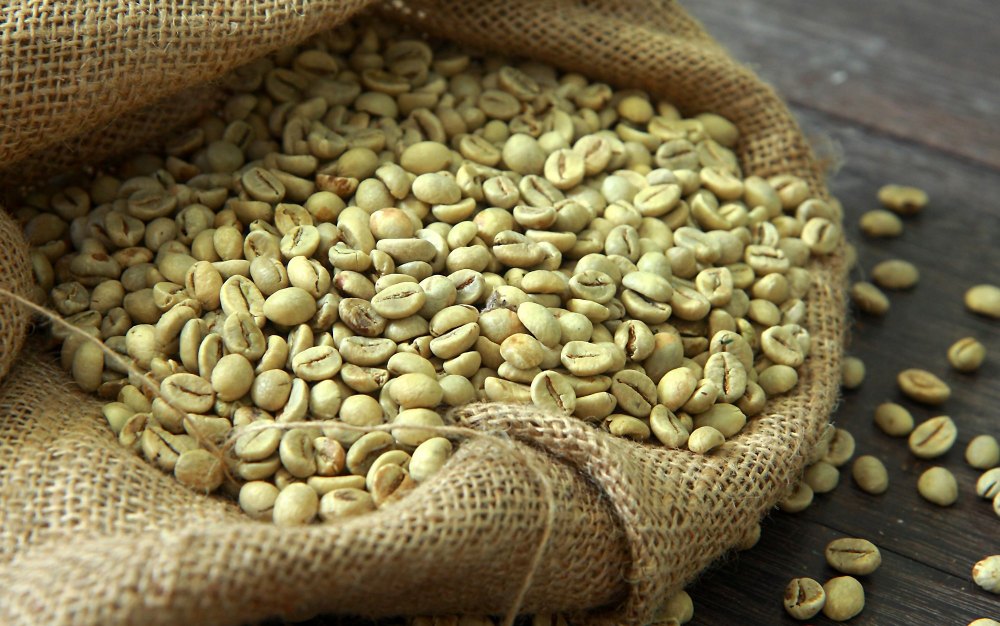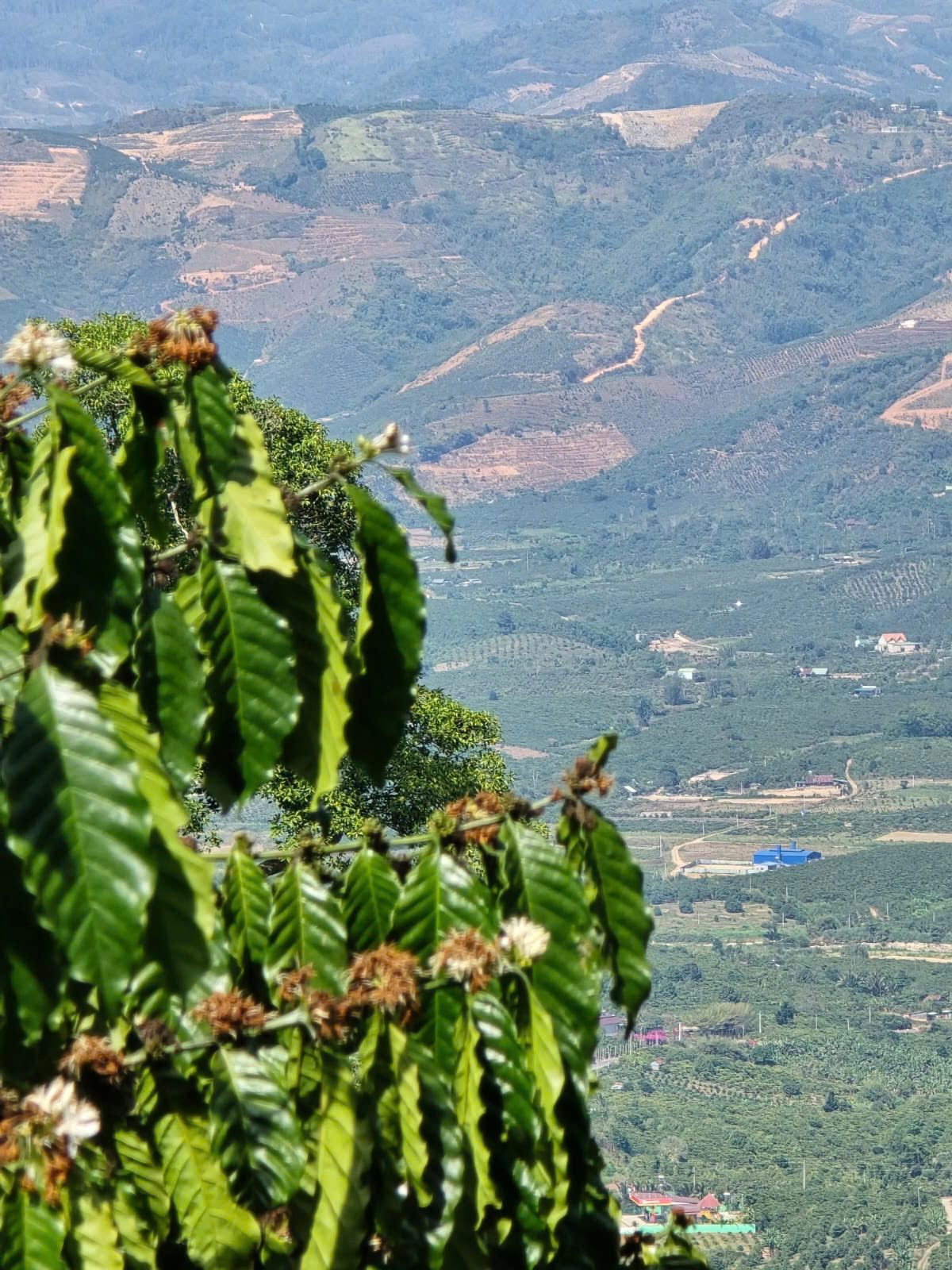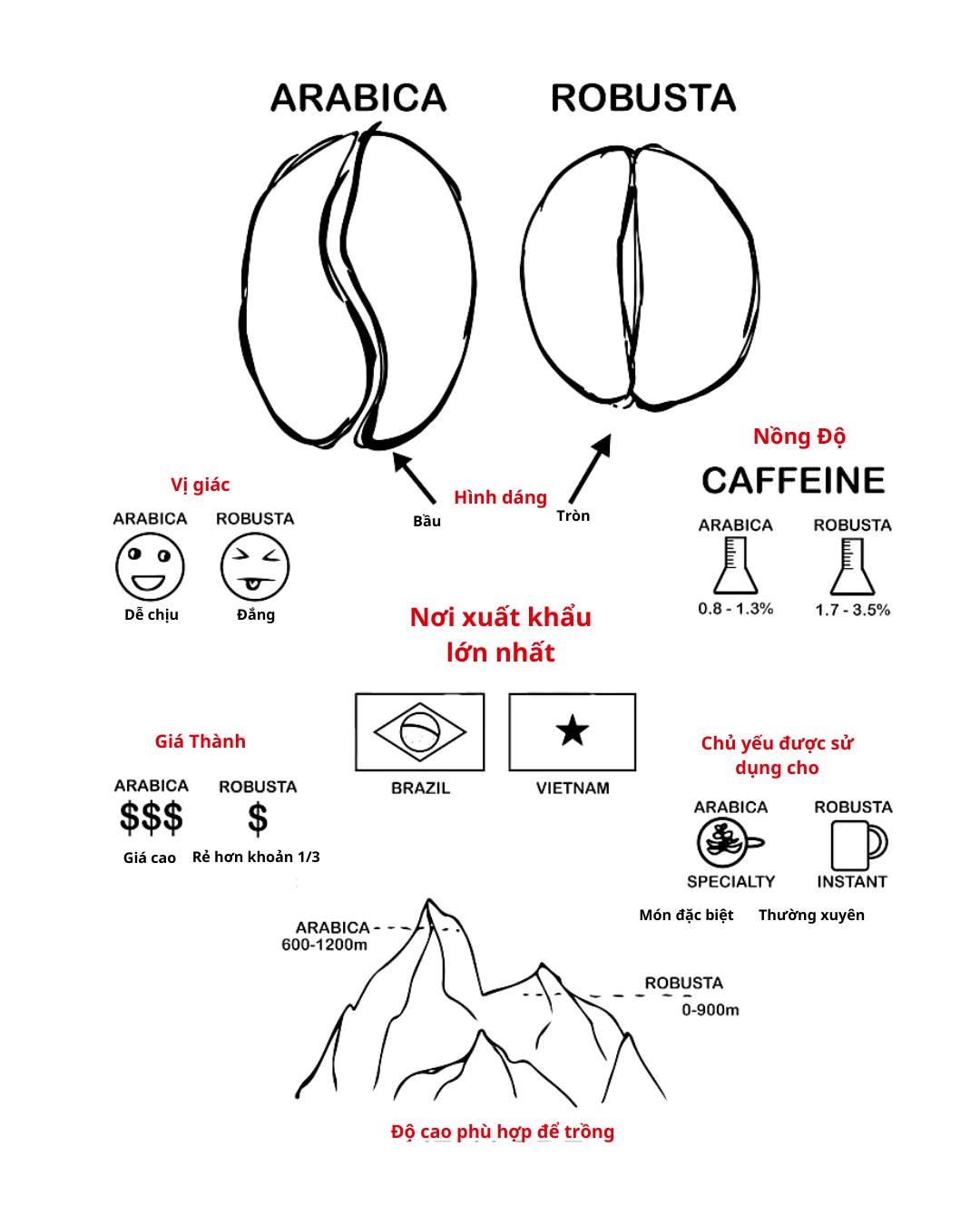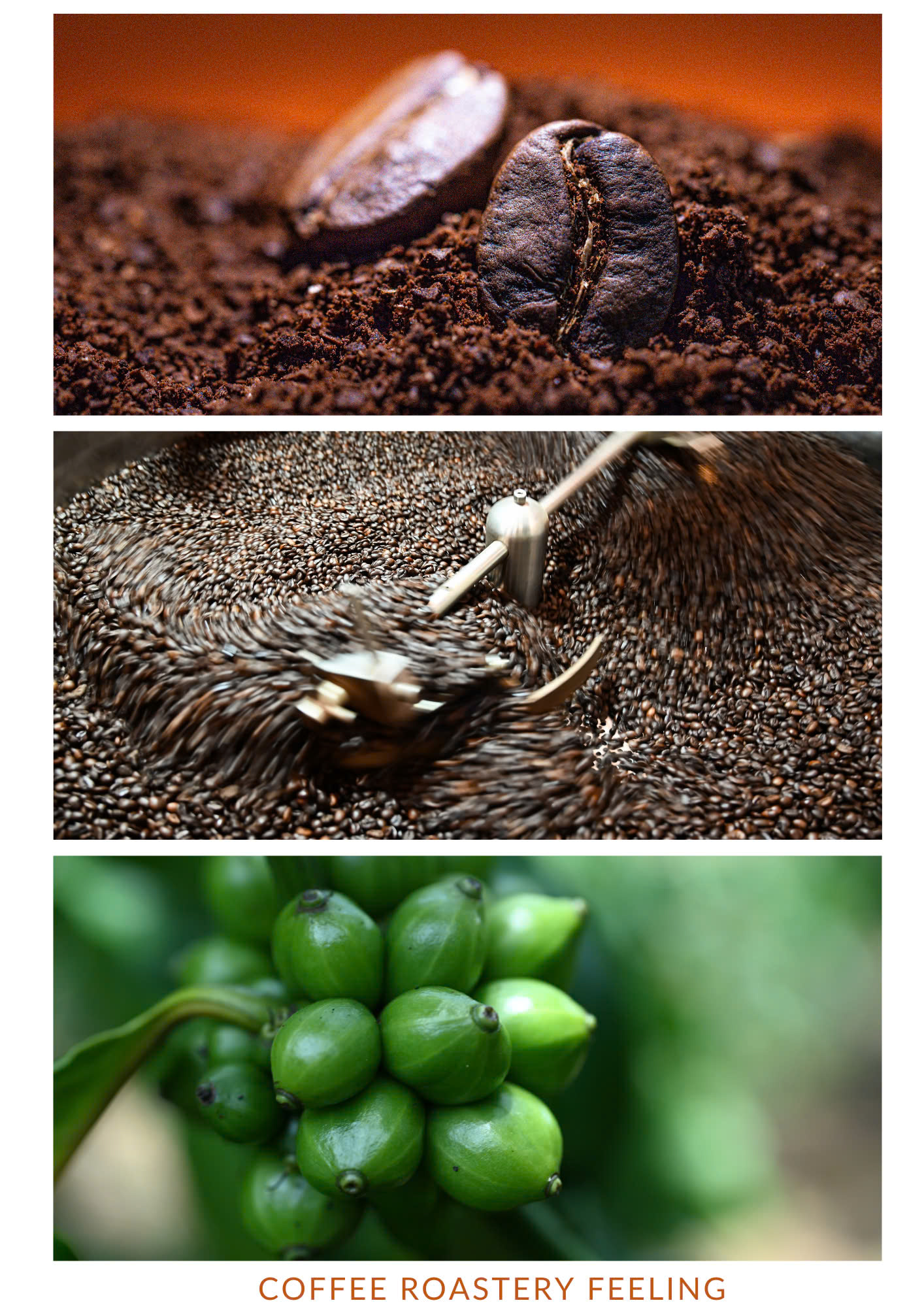What is Pour-over coffee?
The pour-over method involves pouring hot water through coffee grounds in a filter. The water drains through the coffee and filters into a carafe or mug. Pour-over is also known as filter coffee or drip coffee, although these terms also include batch brewers. What sets pour-over apart is that it is made by hand-pouring the water over the coffee. So you may hear it called hand brewing or manual brewing.
The technique has been commonly used in Europe since the 1900s and elsewhere for much longer, but was “rediscovered” by the specialty coffee movement in recent years.
What equiment do you need?
Brewing device
A brewing device or dripper is simply the piece of equipment that holds the coffee filter and grounds. The V60, Kalita Wave, and Melitta are popular choices. All three sit on top of the cup or carafe and they may seem interchangeable. But there are specific design features to each that aid flow and affect extraction. The Chemex is another popular option with its own design features that impact the cup.
The advantage of using any one of these devices is that they are widely available, simple to use, and have filters made specifically for their design. There are also many online guides and hacks to using these devices so it’s easy to learn how to use them properly and adapt as needed.
If you’re not sure where to start, try brews made in different devices in your local specialty coffee shop and ask the barista which they prefer and why.
Filters
Paper or cloth? Bleached or unbleached? You may think that the filter is the least controversial part of brewing, but there is even some debate here. Specific filters are designed to fit different devices and allow efficient extraction. The Chemex uses paper filters that are 20–30% heavier than other filters, which the manufacturers say retain more of the suspended oils during the brewing process.
Some claim that paper filters create an undesirable papery taste, particularly if they are bleached. To avoid this, rinse your filter before using it. Cloth filters have been around for a long time and some people prefer them because they don’t affect flavor and have a smaller environmental impact than paper.
It’s up to you which specific filters you choose, but make sure they fit your device properly. Bunched-up paper or cloth will impede water flow and trap coffee grounds, which will make your extraction less consistent.

Scales
You may not think scales are essential, but if you want to create consistently good coffee, they are. Invest in a digital scale and use it to measure your coffee and water. Knowing exactly how much of each you used in a good (or bad) brew can allow you to replicate the recipe or tweak it for even better results.
Kettles
Have you seen speciality baristas pour water from a small copper kettle and wondered why? Can’t you just use a standard electric kettle? Yes, you can. But you may choose not to.
Like many things in specialty coffee, the important factor here is consistency. Kettles made specifically for pour-over will keep it at a stable temperature. This helps you create consistent extraction. And that long, thin gooseneck is designed to control the flow of water. Water tends to gush out of kettles with shorter spouts.
Whether you choose electric, stove-top, or a batch water heater is up to you but look into the reviews of specific kettles and keep a thermometer handy to keep an eye on the temperature.
How to make Pour-over coffee?
You manually pour hot water over the coffee powder using a ceramic pour-over coffee maker (i.e., Melita) and the special pour-over coffee filter (i.e., Melita). Fans love the fact that you get to control the strength of the coffee, plus the pots are super easy to clean.
Our two Specialty Arabica Coffee, will develop their UNIQUE full aromas using the pour-over approach, kindly prepare it as follows:
1. Fold your paper filter and moisturize it with a bit of hot water.
2. Use 8 to 10 heaped teaspoons of coffee for a classic Melitta filter
3. First pour a little water to infuse the coffee powder.
4. Wait a few seconds, and slowly continue pouring water (~ 98 C° just under boiling point).
For more information about our product, feel free to contact us via our website at https://vgreenpro.com





